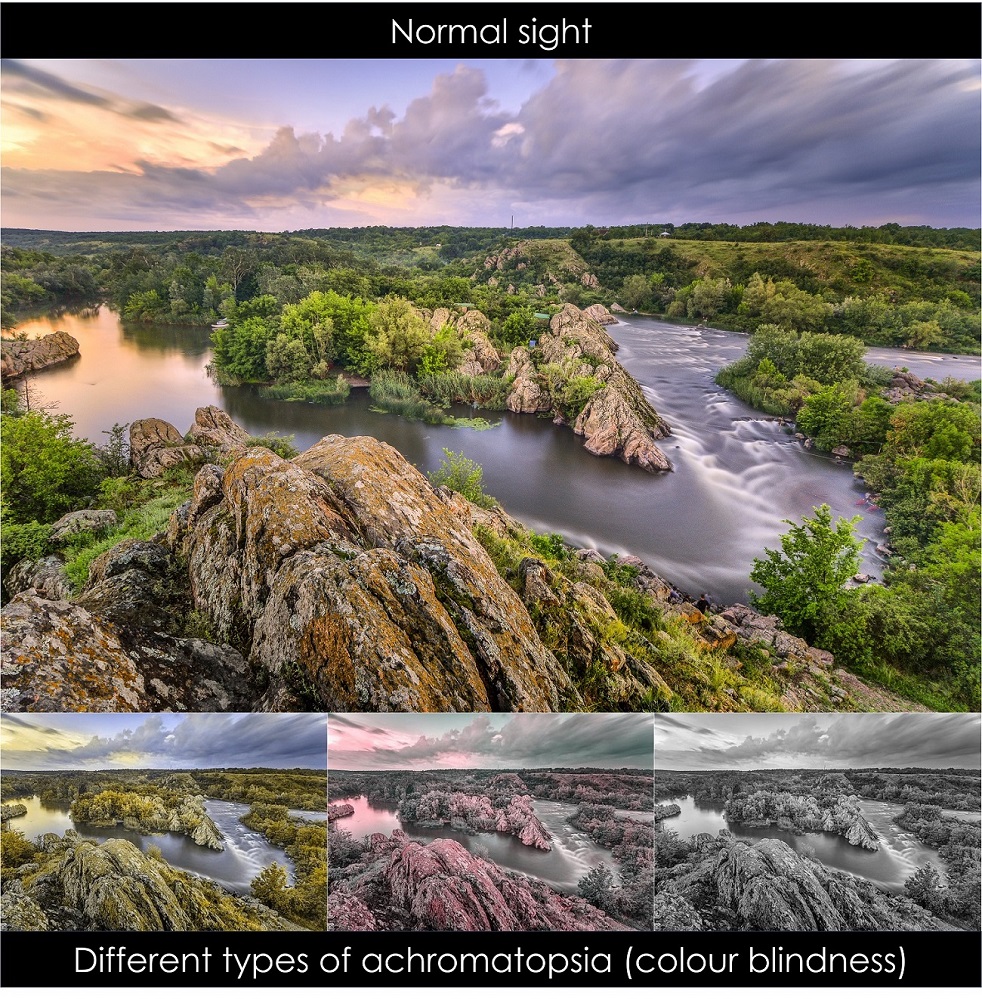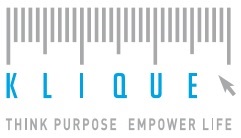
Top – By Q-lieb-in – Own work, CC BY-SA 4.0
Bottm left – By Tohaomg – Own work, CC BY-SA 4.0
Middle bottom – By Tohaomg – Own work, CC BY-SA 4.0
Bottom right – By Tohaomg – Own work, CC BY-SA 4.0
The human resource department needs to address the importance of accessibility in the workplace for people with colour blindness. Colour blindness is more common in male than female.
The Causes
Colour blindness can either be inherited/congenital or acquired. The latter can be caused by diseases (such as diabetes, vitamin A deficiency), drugs, chemical, organic solvents (includes in the form of vapor), accidents (damage to the brain or retinal) and ultraviolet light (wavelengths 10 to 300nm). The effect of these damages often surface later in life.
The Common Challenges
People with colour blindness usually face these common problem in their daily lives, such as:
-
- Difficult to comprehend educational activities or games, especially for children.
- Difficulty in choosing clothing.
- Difficulty in estimating when food is well cooked or fruit has ripened.
- Difficulty in reading signage and traffic light.
- Confusion in using medications.
- Some careers are unavailable for them.
Accessibility in the Workplace
Workplace that is accessible and inclusive to the greatest extend can benefit people with or without special needs. How should we design the interior with the use of contrasting colours, added with shapes or symbols to assist employees’ with colour blindness to better do their job? Let’s see the picture below. By selecting pink and navy blue (first row), the colours become in-differentiable for people with colour blindness as shown in second row. However, by adding symbols to the shapes, the readability improved significantly.

Lastly, recognizing, advocating and working towards creating an accessible environment and excellent user experience is our company’s vision, because we understand that most of us will develop certain form of disabilities throughout our lives. Feel free to experience this colour blindness test. Evangelist (the author here) has a normal colour vision as of now, that means she can see up to one million distinct shades of color. What about yours?
